In a previous blog post, Common Occlusion Terms Every Dental Lab Technician Needs to Know, we discussed common terms that are used in the dental industry and why knowing those terms are extremely important in communicating with the doctor or dental lab.
The same holds true in the importance of knowing the muscles of mastication. Knowing the muscles of the jaw and face can aid in creating an understanding of the movements associated with speech, chewing and expression.
There are three types of muscle groups we will be discussing, they are: elevator muscles, positioner muscles and muscles of speech and swallowing.
Elevator Muscles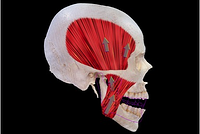
The elevator muscles lift the mandible up against the maxilla, creating the chewing motion. This group of muscles is comprised of the following muscles:
MasseterOrigin: Superficial Portion- Anterior 2/3 of lower border of Zygomatic Arch. Deep Portion- Medial surface of the Zygomatic Arch
Insertion: Lateral surface of Ramus Coronoid Process at the Angle of the Mandible
Function: Elevates the Mandible (Jaw) & clenches the teeth
Origin: Medial Surface of the Lateral Pterygoid plate. Pyramidal Process of the Palatine Bone, Maxillary Tuberosity
Insertion: Posterior and lower part of the Medial surface of the Ramus and angle of the mandible
Function: Retracts and elevates Mandible. Assists rotary movements (lateral) of Mandible
Origin: Temporal Fossa and Temporal Fascia
Insertion: Coronoid Process. Anterior border of Ramus
Function: Elevates Mandible (Jaw). Retracts and positions Mandible. Clenches teeth.
Positioner Muscles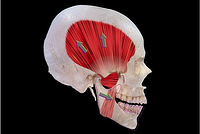
The Positioner Muscles help position the Mandible in the correct spot for what you are going to do. This group of muscles is comprised of the following muscles:
Lateral PterygoidOrigin: Superior Head- Infratemporal surface of Sphenoid greater wing. Inferior Head- Lateral surface of lateral Ptyergoid Plate
Insertion: Anterior portion of Condylar Neck and TMJ Capsule.
Function: Superior Head- Holds disc over Condyle in retrusion. Inferior Head- Pulls the Mandible down and forward
Origin: Temporal Fossa and Temporal Fascia.
Insertion: Coronoid Process. Anterior border of Ramus
Function: Elevates Mandible (Jaw). Retracts and positions Mandible. Clenches teeth.
Muscles of Speech and Swallowing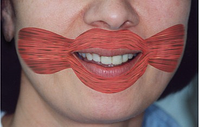
This group of muscles is comprised of the following muscles:
BuccinatorOrigin: Alveolar Process of the Maxilla and the Mandible, opposite the molars. Anterior border of the Pterygo-Mandibular Raphe.
Insertion: Orbicularis Oris at the angle of the mouth.
Function: Compresses cheeks. Aids in Mastication.
Function: Lips and facial expression.
Formerly thought of as a single SPHINCTOR type muscle. It is now known to be a group of four (4) interrelated muscles.
Function: Speech, swallowing, mastication, taste, anterior and posterior position of the teeth.
Mylohyoid: Elevates the tongue and raises the floor of the mouth.
Digastric: Raises the base of the tongue.
Stylohyoid: Elevates the base of the tongue.



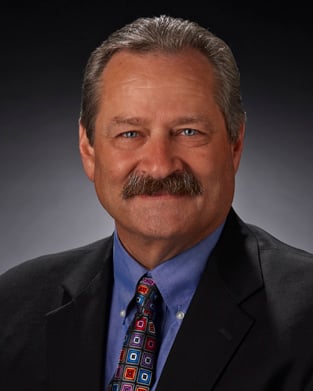





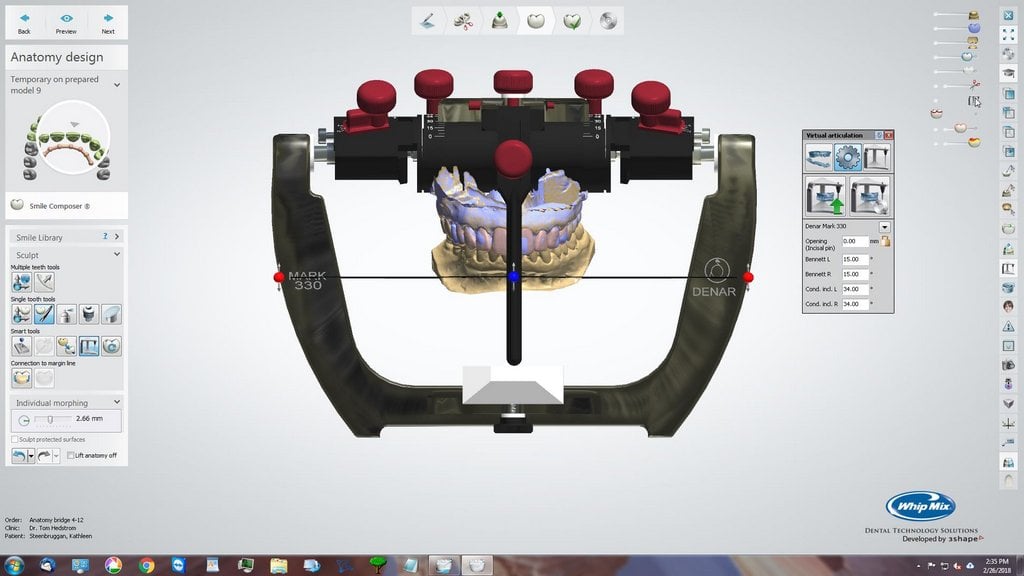
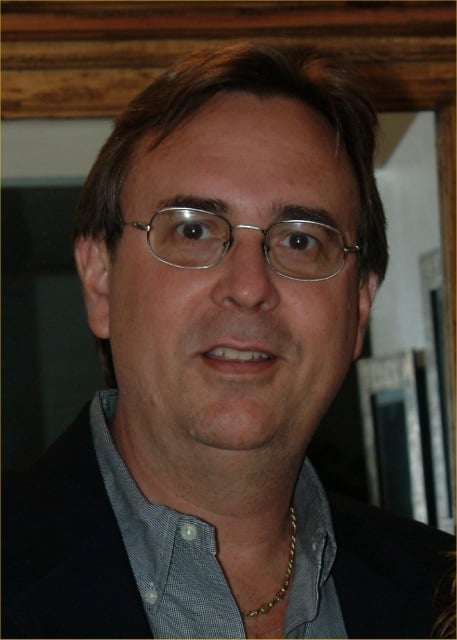

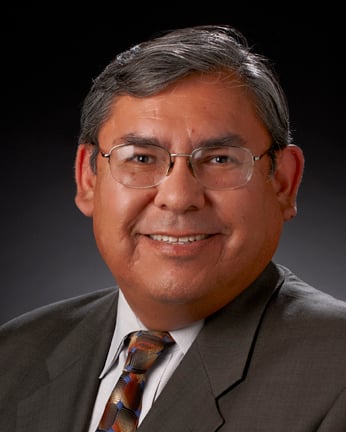
Leave a comment